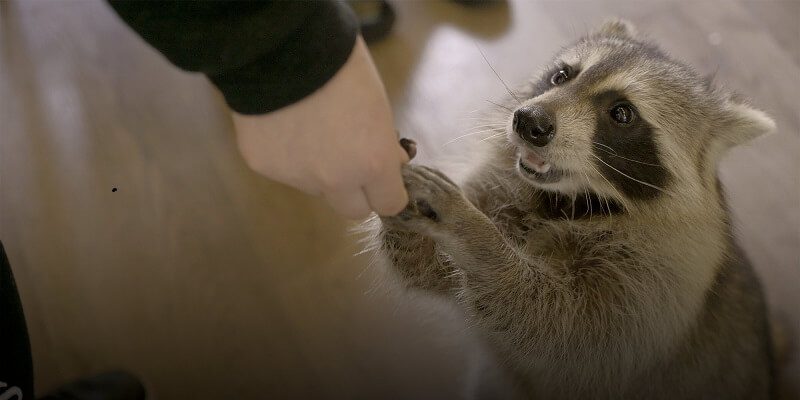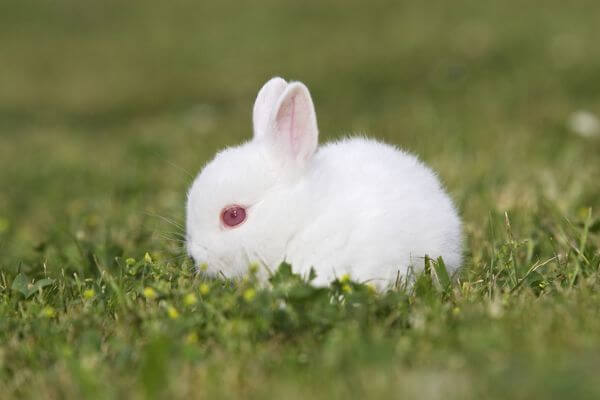One of the smallest rodents, the lemming, is known to exist in or around the Arctic circle. They can also be found in Tundra’s biomes. The smallest of them are as small as just 8 cm long. The largest of these species is known to be three times the smallest.
Lemmings have about six different subspecies, which also have their sub-species, including real lemmings, collar lemmings, wood lemmings, swamp lemmings, yellow steppe lemming, and south swamp lemmings.
The scientific name of Lemming
Commonly known as a lemming, this small rodent belongs to the kingdom of “Animalia” and the class “Mammalia”. The Lemming also belongs to the family “Cricetidae”.
The word lemming is also used to describe someone who joins a mass movement without thinking about the risks or consequences.
Lemming appearance and behavior
Lemmings are very small creatures, usually just three to six inches long, and weigh around 23-34 grams. They usually have a round shape. Their bodies are covered with thick fur, the color of which can be different from species to species. However, it is mostly brown or gray.
These animals have hard bodies and their limbs, tails and ears are usually very small. Small ears help keep their body warm. They also have very sharp teeth, along with their claws to help them break and feed on roots. These rodents are impressive swimmers with impermeable fur, but it can be difficult for them to swim when several animals arrive in the water simultaneously. They can get scared and drown.
Lemmings are usually solitary animals. However, they spend part of the day socializing with other individuals or colonies with similar rodents. Usually, the only time they get together is for migratory purposes or when they have to mate.
When they feel danger, these animals become very aggressive toward their predators – sometimes leading them to problems with larger animals.
These rodents spend most of their summer underground and in various tunnels. However, around autumn, the soil cools and becomes difficult to dig – forcing them to surface.
Underground and tunnel life helps them survive harsh conditions and eliminates their need for hibernation. It also protects them from large wild animals, which usually prey on these small rodents.
Lemmings’ Habitat
As stated earlier, these rodents are usually found in the Arctic and Tundra areas. They are commonly found in Alaska, Norway, northern Canada, Asia, and Europe. Sometimes they can also be found in Taiga, which is another region with a cold atmosphere.
These rodents, especially during the summer months, live underground in tunnels. During autumn, they usually surface because the weather starts to cool, and digging becomes very difficult.
You might also like my articles with interesting facts about African elephants, baby raccoons, or camel spiders.
Their underground habitat in the tunnel helps them stay warm and also eliminates the need for them to hibernate. It also protects them from any possible predator that usually hunts and feeds on them above the ground.
Lemmings usually make up nests made of ox wool, herbs, and feathers, both as shelter and as a way to stay warm. During the spring season, these rodents move higher and begin to live in mountain meadows and forests for warm weather, returning to the alpine area during the autumn season.
Lemmings’ diet
These rodents are known to be herbivores. Their diet consists mainly of grass and moss. In addition, especially in the colder months, these rodents usually find leaves, roots, bulbs, berries, and sprouts to feed on and survive. Because these foods do not provide many calories, lemmings spend six hours a day eating.
Most of their diet will consist of leafy plants, but also very few fruits. Lemmings cannot process glucose from sugar, even if it comes from a natural source. When kept in captivity as a pet, the owner should never replace their food with pre-made assortments for other rodents, such as hamsters and mice.
Their teeth, especially incisors, continue to grow steadily, which means they can bite and eat more solid things without problems.
Lemmings’ predators and threats
Like any other animal, lemmings are a vital part of the natural food chain, meaning that some animals feed on them. Their small size is a major disadvantage because it makes them more likely to be a source of meat for any carnivorous animal.
Lemmings have a large number of predators, such as wolves and snowy owls, but almost any carnivore will consume lemmings as a small meal. These rodents are a major source of protein for other animals and also a very important piece of the ecosystem. According to different sources, whenever the lemming population declines, there is usually a decrease in the number of Arctic foxes.
Meanwhile, there is no threat to the population of these animals in general, as they are found very frequently and the IUCN declared them to be the species “least concerned”. Without a great threat from people, there are no widely publicized conservation efforts. In fact, people in certain parts of Europe even keep them as pets.
Lemmings’ reproduction, babies, and lifespan
 It is known that lemmings mature rapidly, and maturity usually occurs between 5 and 6 weeks of their age. They begin to reproduce after a month of birth and are known to be enthusiastic breeders. Most lemmings follow the same mating rituals. However, the southern swamp is known to be slightly different, but there isn’t too much information in this regard.
It is known that lemmings mature rapidly, and maturity usually occurs between 5 and 6 weeks of their age. They begin to reproduce after a month of birth and are known to be enthusiastic breeders. Most lemmings follow the same mating rituals. However, the southern swamp is known to be slightly different, but there isn’t too much information in this regard.
In their lifetime, each female lemming can give birth 8 times to 6 babies each. The gestation period is about 20 days. In the meantime, these animals usually live only about two years.
The mother usually gives birth to her babies in burrows, which helps them survive the cold conditions of the Arctic. It also feeds them until they are mature enough to start venturing and looking for food themselves.
Lemming population
The lemming population varies from one area to another and also from time to time. In some places, it could be near extinction, while in other places, the population is booming. Similarly, some years are wonderful for the world population and others are not. In some areas, there could be up to 3000 lemmings per million square meters.
However, there is no threat of extinction for the global lemming population.
Lemmings in captivity
Lemmings are solitary creatures, but are usually not kept in zoos. If too many of these rodents are held together for a longer period of time, they could become hostile to each other, as they usually get together for migratory purposes or mating.
As mentioned above, although they are not held in zoos, lemmings are often kept as pets in Europe, being a less common pet in the United States.
To keep them healthy, pet owners give them much of the same diet they have in the wild, providing them with about one cup a day of leafy greens. They need a terrarium as their home because wired cages for other rodents are too easy to escape.
Very interesting facts about Lemmings!
- Typically small in size, these rodents can reach 3-6 inches in length.
- Lemmings can reproduce within a month of their birth.
- There are about 20 different types of lemmings.
- Lemmings don’t hibernate at all.
- Most of their lives are spent alone. They only reunite when they have to mate or migrate.




